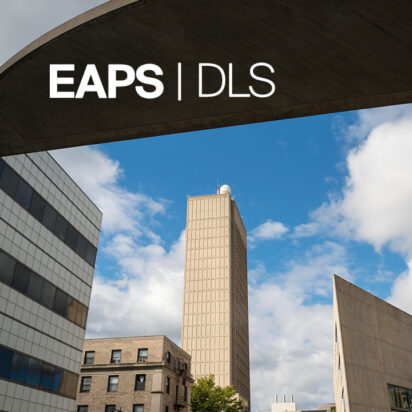
[DLS] Ben Santer (WHOI, UCLA)
Date: Wednesday, April 16, 2025 Time: 12:00 - 1:00pm Location: 55-110 | MIT Campus, Cambridge, MA“Human Influence on Climate Detectable in the Late 19th Century”
The physics of the heat-trapping properties of CO2 were established in the mid-19th century, as fossil fuel burning rapidly increased atmospheric CO2 levels. To date, however, research has not probed when climate change could have been detected if scientists in the 19th century had the current models and observing network. We consider this question in a thought experiment with state-of-the-art climate models. We assume that the capability to make accurate measurements of atmospheric temperature changes existed in 1860, and then apply a standard “fingerprint” method to determine the time at which a human-caused climate change signal was first detectable. Pronounced cooling of the mid- to upper stratosphere, mainly driven by anthropogenic increases in carbon dioxide, would have been identifiable with high confidence by approximately 1885, before the advent of gas-powered cars. These novel results arise from the favorable signal-to-noise characteristics of the mid- to upper stratosphere, where the signal of human-caused cooling is large and the pattern of this cooling differs markedly from patterns of intrinsic variability. Even if our monitoring capability in 1860 had not been global, and high-quality stratospheric temperature measurements existed for Northern Hemisphere mid-latitudes only, it still would have been feasible to detect human-caused stratospheric cooling by 1894, only 34 years after the assumed start of climate monitoring. Our study provides strong evidence that a discernible human influence on atmospheric temperature has likely existed for over 130 years.
EAPS Department Lecture Series —
Weekly talks aimed to bring together the entire EAPS community, given by leading thinkers in the areas of geology, geophysics, geobiology, geochemistry, atmospheric science, oceanography, climatology, and planetary science. Runs concurrently with class 12.S501.
Contact: eapsinfo@mit.edu
